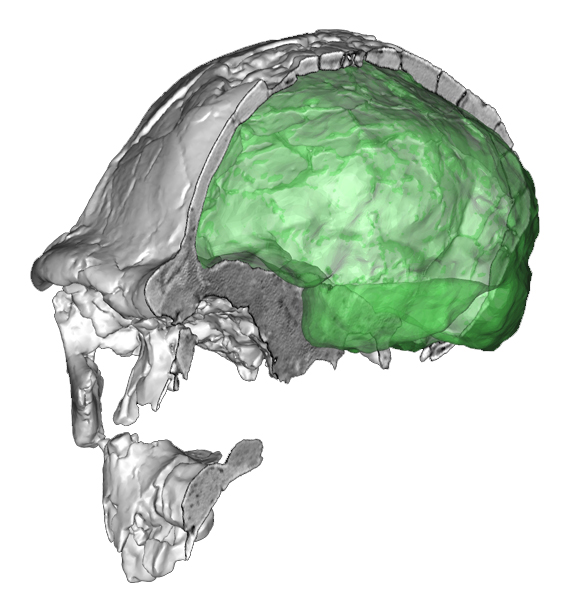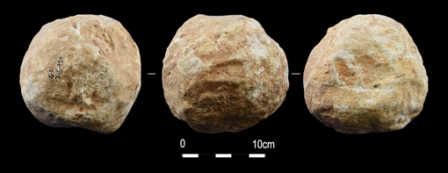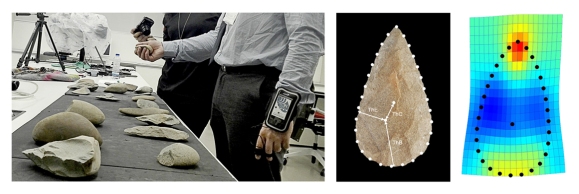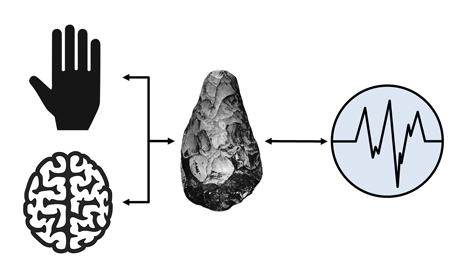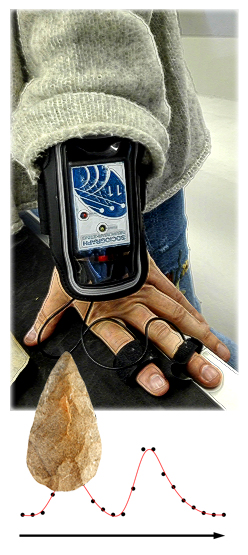Shaped stone balls are tools that represent a hallmark of Lower Paleolithic, extending to more recent times, and with a noticeable geographic distribution. These spherical items show signs of intentional shaping, and different definitions and classifications have been proposed according to technological or functional principles. Nonetheless, their function is indeed uncertain. If they are preconceived tools, they could have been used as bolas or throwing stones for hunting animals, or as food-pounding tools. Or, they could be by-products of specific technological processes (exhausted cores, hammerstones, etc.). The spherical geometry and the angled facets, however, have some interesting structural properties, as well as clear ergonomic features. We have now published a perspective review, leaded by Ella Assaf, on these elusive Paleolithic objects. In this article, we present an overview of the archaeological information available to date on these tools, and then discuss both cultural and ergonomic issues, associated with hand-tool perceptual integration. We hope this review can stimulate further the debate on the stone balls and, at the same time, call the attention on the peculiar human ability to integrate objects as “tools” according to both somatic and cognitive mechanisms. Somatic integration requires a large set of haptic abilities (including dynamic touch), and cognitive integration requires a large set of brain-body reciprocal signals. When humans became “obligatory tool-users”, such skills could have seriously influenced their reproductive success and evolutionary fitness, and were hence susceptible of triggering selective responses and biocultural adaptations. Such “prosthetic capacity”, integrating somatic, technological and social factors, could have therefore been a key aspect of modern human evolution. This means that, beyond tool-using and tool-making, cognitive archaeology should be also interested in tool-sensing.
***
